Can other varieties and strawberries be planted next to strawberries?
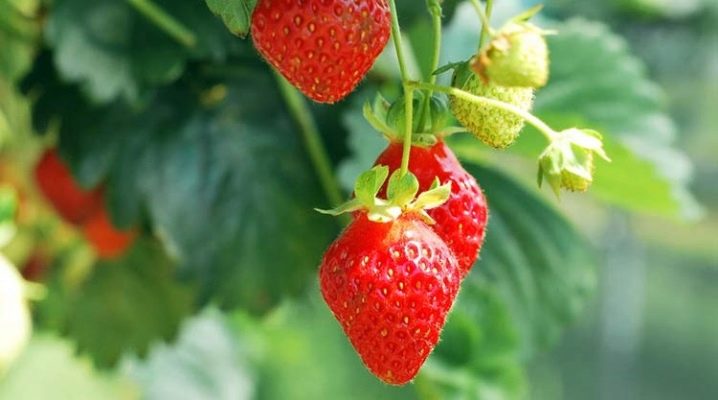
Every gardener knows that the most delicious strawberries are those that are grown and harvested with their own hands. Bright green plants with juicy berries do not require complex care and grow in almost any summer cottage.
Some craftsmen manage to make strawberry beds even on a small balcony or windowsill. But in order for certain varieties of strawberries to retain all their properties, you need to correctly place them in relation to other crops and varieties.
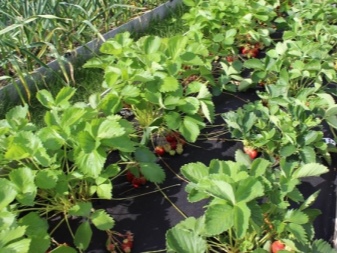
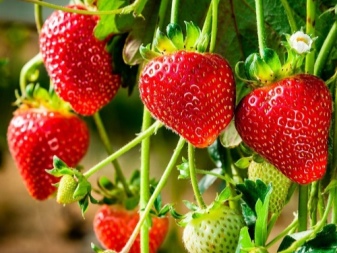
Are the plants re-pollinated?
It is not easy to answer this question unequivocally: there are many diametrically opposed opinions, both beginners and experienced gardeners who grow different varieties of berries for sale. To understand the nuances, it is worth turning to biology as a science. Pollination is the process of transferring pollen from one variety of flowering plants to another, as a result of which the second variety loses its own characteristics, replacing them with the introduced ones. Those who practice breeding on their backyards know that this is how completely new varieties of berries, fruits and vegetables are bred.
Based on this definition, it is safe to say that two varieties of strawberries, planted together in the same garden, will surely be pollinated. However, there is a small caveat. What is commonly called the fruit of strawberries or strawberries is actually the overgrown pulp of the receptacle. The real fruits of these plants are small grains on its surface. Therefore, after pollination, the taste, color and aroma of the berries will remain unchanged.
If you propagate such plants that have grown nearby, by dividing a bush or a mustache, then subsequent strawberry harvests will retain their original properties. And only if the gardener plans to collect seeds from ripe berries and germinate them for future plantings, it is necessary to spread the beds with different varieties and crops over a fairly large distance.
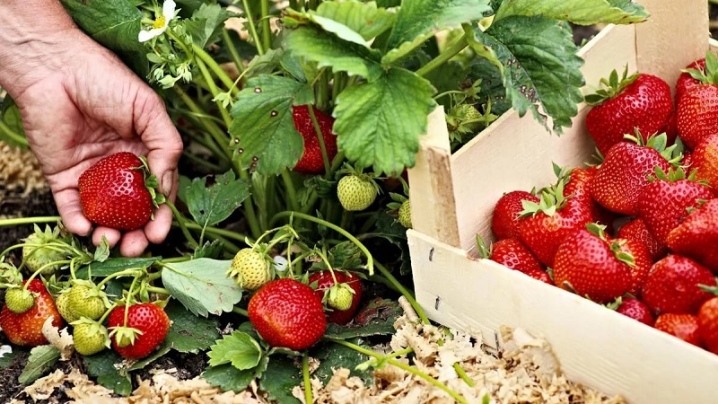
What is the best distance to plant a crop?
Based on the above, first of all, the owner of the site must decide whether it is planned to use the seeds for further planting. In the event that strawberries reproduce by division or mustache, a minimum distance between the beds with its different species is sufficient.
- 20-40 cm is the average distance between individual bushes of the plant. This distance will need to be maintained between the beds. This is done so that the antennae of neighboring seedlings do not intertwine, forming a dense grassy carpet, and do not interfere with watering and caring for strawberries. In a situation where further cultivation of a crop from seeds is planned, it is necessary to distribute the beds with individual varieties to a greater distance so that they cannot become dusty.
- 60-100 cm - minimum distance between beds or in rows of different varieties of strawberries and strawberries in the case when it is not possible to plant berries at different ends of the site.
Even if the area of the garden is not too large, it is better not to move the plantings closer than 60 cm, otherwise the risk of getting hybrid seeds is too great. In such openings, it is good to make special paths between the seedlings, it will be more convenient to water it and collect a ripe delicacy from the bushes.
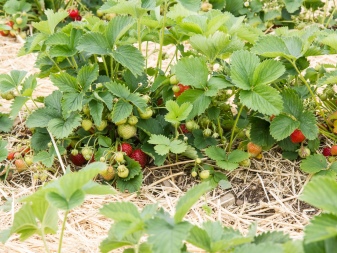
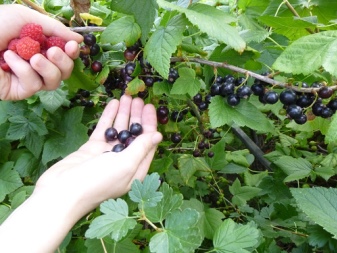
Can I plant regular strawberries with remontant?
First of all, it is important to know what a "remontant strawberry" is. Reparability (from the French word remontant - "bloom again") is the possibility of several flowering and fruiting of the same plant in one season. In other words, regular strawberries ripen only once a summer, while remontant strawberries ripen up to four times.
It has its own peculiarities of planting and care, but the main and most important difference from ordinary berries is the period of formation of fruit buds. Simple varieties form them during a period of short daylight hours, that is, towards the end of the summer season. Repaired varieties - during a neutral and long day, that is, at the beginning and in the middle of summer. Since buds are formed at different times, the berry blooms at different times, which means that such varieties will not be able to get dusty.
But, despite the fact that there is no threat of over-pollination, many experienced gardeners advise nevertheless to form different rows or beds of ordinary and remontant varieties. This is due to the difference in the care, feeding and watering of the plants.
So, watering a remontant variety two or three times a week during the flowering period, it is easy to pour ordinary berries, which will quickly rot from such an amount of moisture.
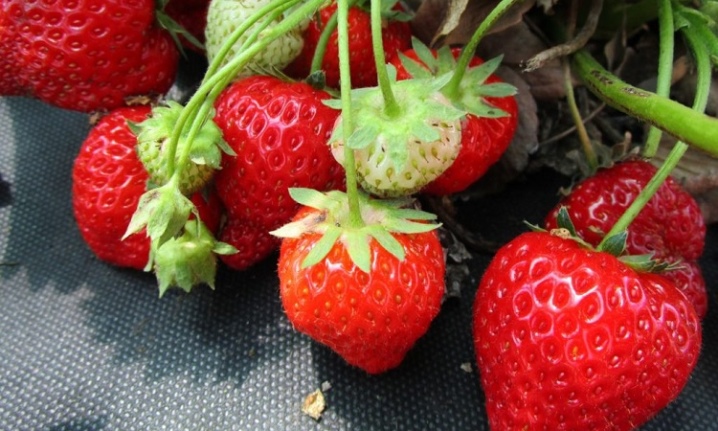
Thus, when planting different varieties of strawberries and strawberries in the same area, even without plans for further cultivation of the crop with seeds, it is worth adhering to a few simple rules.
- The difference is in the care. Each variety requires certain conditions. If the owner of the site wants to get the maximum yield of tasty and ripe berries, he will have to take care of each type of plant in different ways.
- Low varieties of strawberries or strawberries necessarily require soil mulching. Mulching is the covering of the soil surface with protective materials to create a greenhouse effect. Most often, the berries are mulched with a transparent or black film.
- Strawberries or strawberries planted in one area bear fruit for a maximum of the first 3-4 years. Further use of the site leads to a significant decrease in yield. It is better to transplant the crop to a free piece of land, and not just change the places of the beds.
With proper planting and high-quality care, both repaired and ordinary species will allow you to harvest a tasty and large harvest of berries, and experienced gardeners will be able to experiment with re-pollinated plant varieties in a separate small section of the garden before buying ready-made selection varieties.
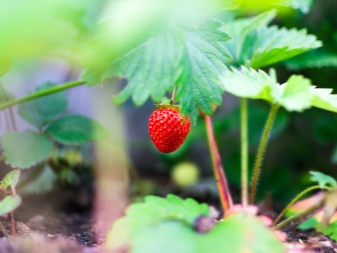














The comment was sent successfully.